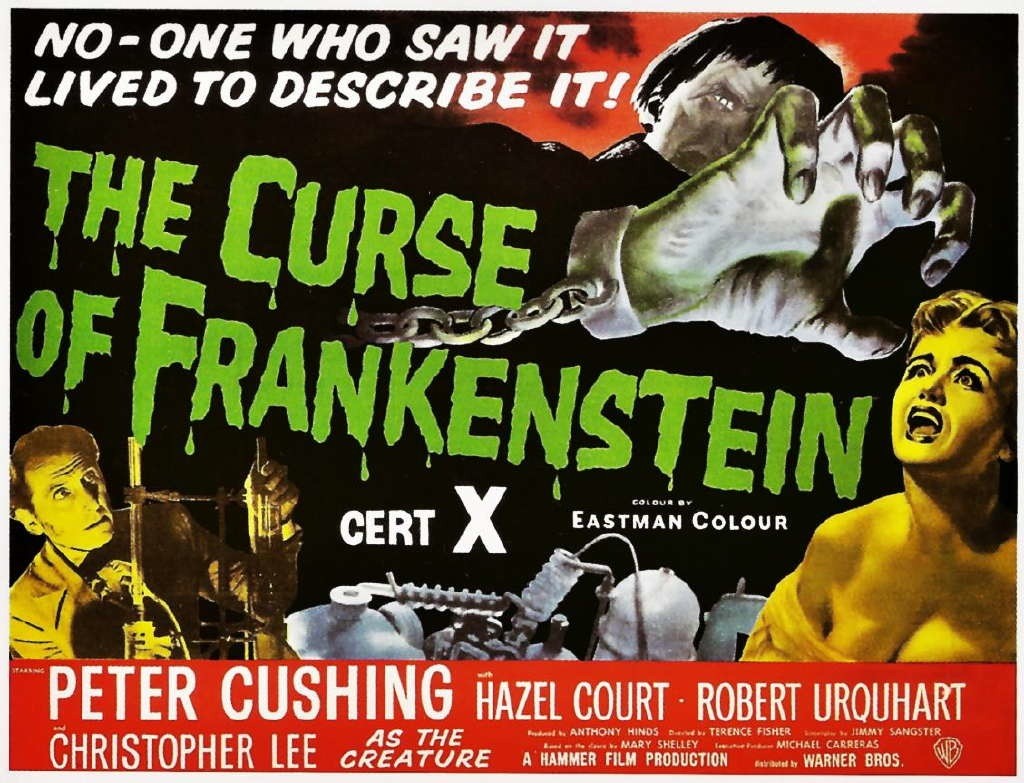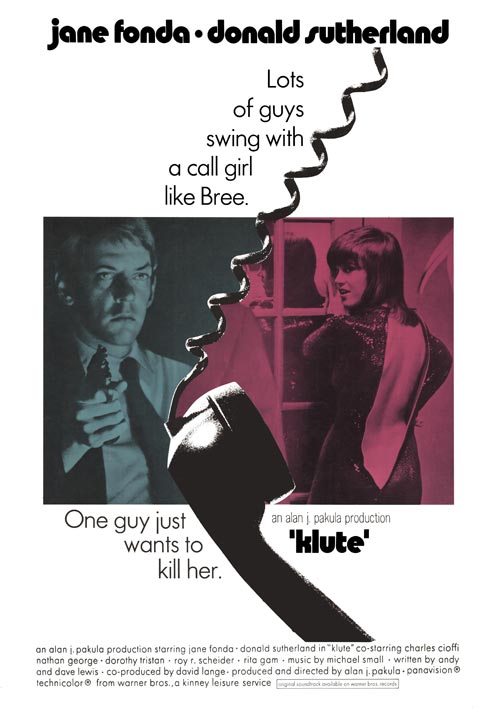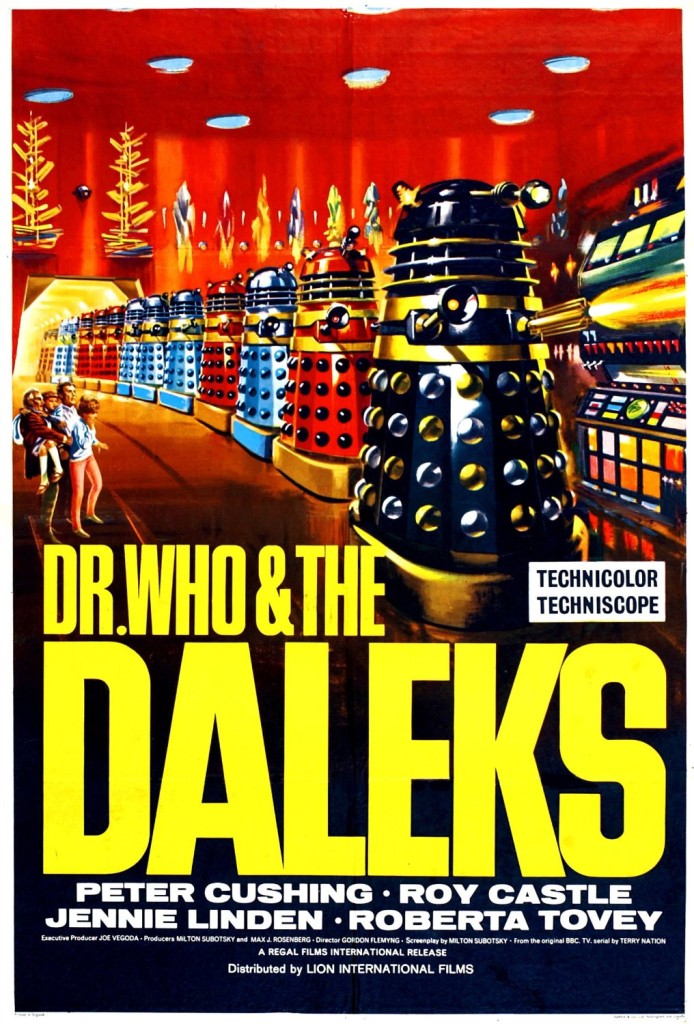 The death in June of Christopher Lee spurred me chase up his remaining films I haven’t seen. One of these was The Curse of Frankenstein, the 1957 film credited with starting Hammer’s wave of horror film production which lasted until To the Devil a Daughter in 1976.
The death in June of Christopher Lee spurred me chase up his remaining films I haven’t seen. One of these was The Curse of Frankenstein, the 1957 film credited with starting Hammer’s wave of horror film production which lasted until To the Devil a Daughter in 1976.
Around about the same time, I received a review copy of a book of the same name, part of the Devil’s Advocates series devoted to examining classics of horror cinema. The Curse of Frankenstein, by Marcus K Harmes, a lecturerer at the University of Southern Queensland, is recommended reading for anyone interested in the history of Hammer films and British horror cinema.
The film begins with a priest visiting Baron Victor Frankenstein (Peter Cushing) in the cell where the scientist is waiting to be guillotined for his crimes. Via flashbacks, director Terence Fisher establishes the Baron as a brilliant young man who, with the help of his tutor, Paul Krempe (Robert Urquhart), begins a series of experiments aimed at restoring life to dead tissue. They successfully bring a dead puppy back to life. Krempe wants to halt the experiments there, but Frankenstein has bigger plans. He wants to bring dead human flesh to life and steals body parts, including the brain of an eminent scientist who the Baron invites to dinner at his mansion and casually murders, to make the creature, played by Lee.… Read more























